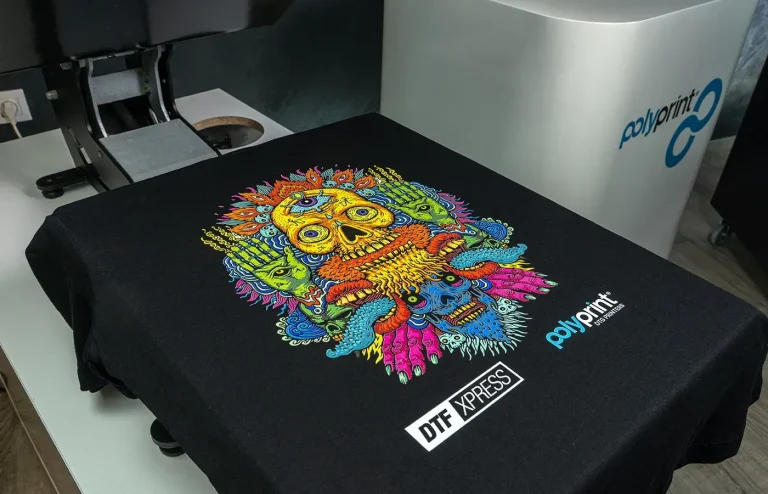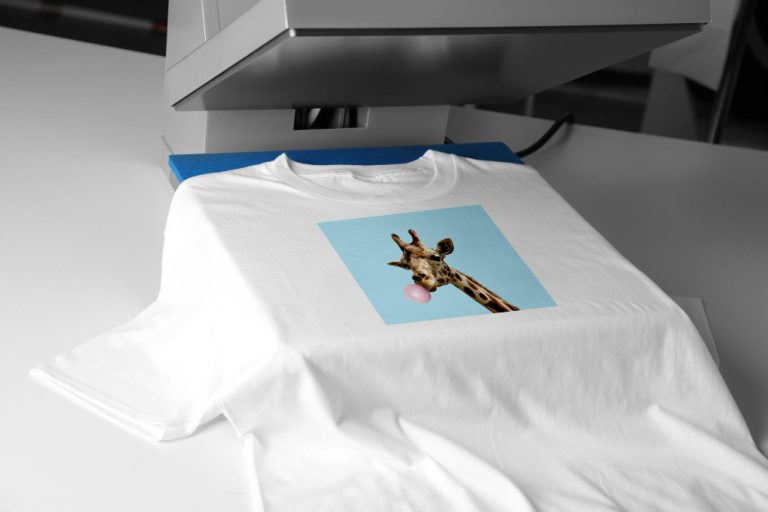Texas DTF design: Tips for Color, Detail, and Finishing
Texas DTF design blends vibrant color, sharp detail, and reliable finishing into a workflow tailored for Texans and their apparel. As you plan, consider the DTF printing process, how color theory for DTF informs substrate choices, and how a Texas-focused palette can improve legibility and impact. This introduction also signals how Direct-to-Film design can deliver bold graphics on diverse fabrics while staying durable through washes. By prioritizing practical artwork preparation and DTF finishing techniques, designers can achieve consistent results across Texas fabric printing scenarios, from cotton tees to performance blends. This SEO-friendly intro sets the stage for exploring color management, line work, and finishing plans that keep Texas DTF design vibrant after wear and wash.
Texas DTF design: Mastering Color Strategy with DTF Printing
In Texas DTF design, a thoughtful color strategy starts with substrate-aware choices and a solid understanding of color theory for DTF. Begin by mapping your palette to the base fabric color and texture, then plan underlays or color corrections to preserve brightness on darker or heather fabrics. Use high-contrast pairings—reds, blues, teals—that read from a distance while maintaining legibility for bold state motifs and typographic statements. For print-ready work, work in an sRGB space for proofs and switch to a printer-specific profile during production, then verify color integrity with soft proofs and test prints across common Texas fabrics.
Direct-to-Film design benefits from controlled color workflows: keep your proofing tight and your conversions consistent to minimize surprises in production. As you plan your color strategy, anticipate how DTF inks render specific hues—especially teals, oranges, and fleshtones—on Texas fabric varieties. This proactive approach helps you preserve vibrancy, manage ink consumption, and ensure that bold, regionally inspired designs stay true from screen proof to finished garment.
Practical steps for color management in Texas markets include preparing substrate-specific proofs, embedding correct color profiles, and maintaining an organized file structure that travels well across runs. By integrating color theory for DTF into your workflow from the outset, you set up a predictable path from artwork preparation to production, enabling consistent results for Texas fabric printing and helping you scale designs for local brands and events.
Texas DTF design: Fine Details, Finishing Techniques, and Efficient Workflow
Detail and line work are the heartbeat of a successful Direct-to-Film design on Texas fabrics. Prepare assets at high resolution—ideally 300 dpi at the final print size—and favor clean vector outlines for logos and typography while keeping raster art at resolutions that prevent jagged edges. Mind line weight in small text and intricate patterns, and test halftones to ensure smooth gradients and manageable dot gain on Texas fabric blends. Thoughtful color separation—printing larger fills first with finer details layered on top—helps minimize misregistration and preserves the bold clarity that characterizes Texas-themed graphics.
Finishing techniques for DTF on Texas fabrics play a critical role in durability and hand feel. Establish heat and pressure settings appropriate for the fabric type, typically starting with a controlled range and adjusting for moisture and climate conditions common to Texas. Post-press care, such as a brief cooldown and avoiding peeling while warm, protects edge integrity. To keep the hand feel comfortable on poly blends or performance fabrics, consider softer topcoats or lighter ink passes while maintaining adhesion, which aligns with robust DTF finishing techniques aimed at wash durability and wear resistance.
A streamlined workflow and meticulous file preparation reduce bottlenecks in Texas DTF design projects. Organize artwork with clearly named layers, use scalable vector assets for logos, and embed color profiles in print-ready files. Account for bleed and safe zones, and test scaling across garment sizes to ensure detail remains legible on smaller prints and impactful on larger ones. Regular small-batch proofs and feedback from Texas markets help validate cultural relevance, readability, and overall performance, ensuring your Direct-to-Film designs deliver consistent results from concept to customer.
Frequently Asked Questions
How does color theory for DTF influence a Texas DTF design when printing on Texas fabric?
In a Texas DTF design, start with a substrate-aware color strategy because Texas fabric printing varies by fabric color and texture. Use color theory for DTF to select high-contrast combinations (reds, blues, teals) that read well on both light and dark Texas fabrics. Manage color in a controlled space (sRGB proofs and a printer-specific production profile) and run soft proofs and test prints to confirm vibrancy for Texas fabrics. Plan underlays or opacity adjustments for dark textiles, and tailor gradients and halftones to minimize ink density and dot gain. This approach keeps your Texas DTF design vibrant and legible across markets and garment types during DTF printing.
What DTF finishing techniques are recommended for a Texas DTF design to ensure durability on Texas fabric printing through washes?
Finish with techniques that balance durability and hand feel for Texas fabric printing in a Texas DTF design. Use a controlled heat press (roughly 320–330°F / 160–165°C) at medium–high pressure for 15–20 seconds, followed by a cooldown, and choose a topcoat or adhesive layer that preserves stretch on cotton blends common in Texas fabrics. After pressing, allow cooling and avoid edge peeling. Test for wash durability with multiple cycles to confirm color retention and edge integrity, and adjust ink density or curing if cracking occurs. These DTF finishing techniques help your Texas DTF design endure repeated wear and laundering while keeping comfort.
| Section | Key Points |
|---|---|
| Overview of Texas DTF design | DTF blends vibrant color, sharp detail, and reliable finishing; durable, vivid graphics across fabrics; Texas designers leverage flexibility for local markets, events, and brands. |
| Purpose of Texas DTF design | To craft designs that look great on Texas fabrics and perform well in real-world wear; aims to deliver color accuracy, durability, and market relevance. |
| Core design goals | Color strategy, detail management, and finishing should be considered from the outset to align with DTF capabilities and avoid surprises; ensure consistency across Texas markets. |
| What the guide teaches | Preparing artwork, managing color accurately, optimizing detail for clear repros, and finishing garments for durability. |
| Expected outcomes | Help you craft designs that look great on Texas fabrics and endure wear and washing; produce consistent products across Texas markets. |
| Basics of DTF workflow | DTF uses a film transfer process; advantages: wide color gamut, durability, fabric compatibility; essential to plan for color, detail, finishing from the outset. |
Summary
Texas DTF design blends color, detail, and finishing into a practical workflow for apparel in Texas. This descriptive conclusion highlights how a carefully managed color strategy, precise artwork preparation, and durable finishing come together to deliver reliable results on Texas fabrics. By focusing on substrate-aware color management, crisp line work, and finishing that withstands washing and wear, designers can create Texas DTF design products that perform in local markets, events, and brand deployments. The approach emphasizes testing early and often to verify color accuracy, edge sharpness, and adhesion on representative Texas fabrics. Used consistently, this workflow yields vibrant, detailed designs with a comfortable hand feel that stay durable across multiple washes. For Texas DTF design teams, the workflow becomes a scalable system across garment sizes and substrates common in Texas markets, supporting successful launches and lasting impressions.


